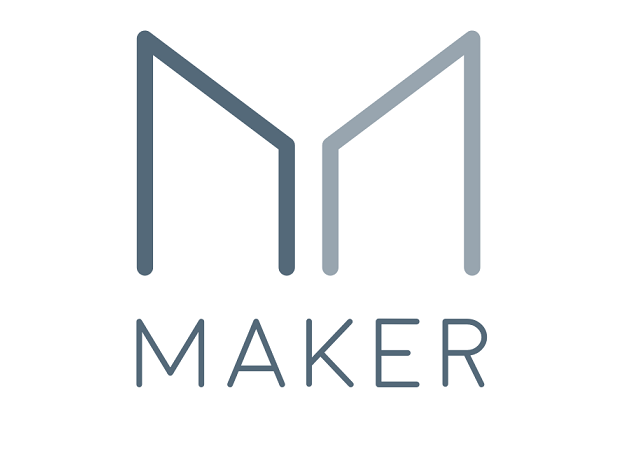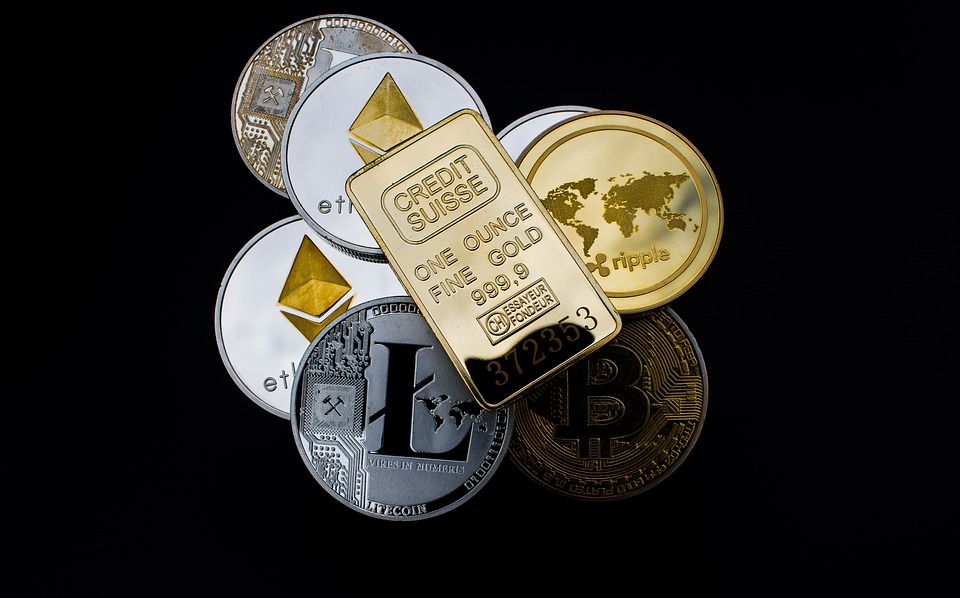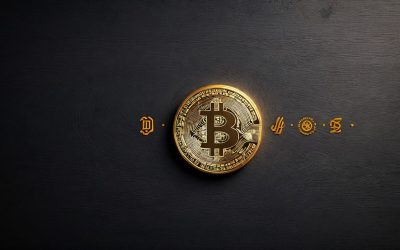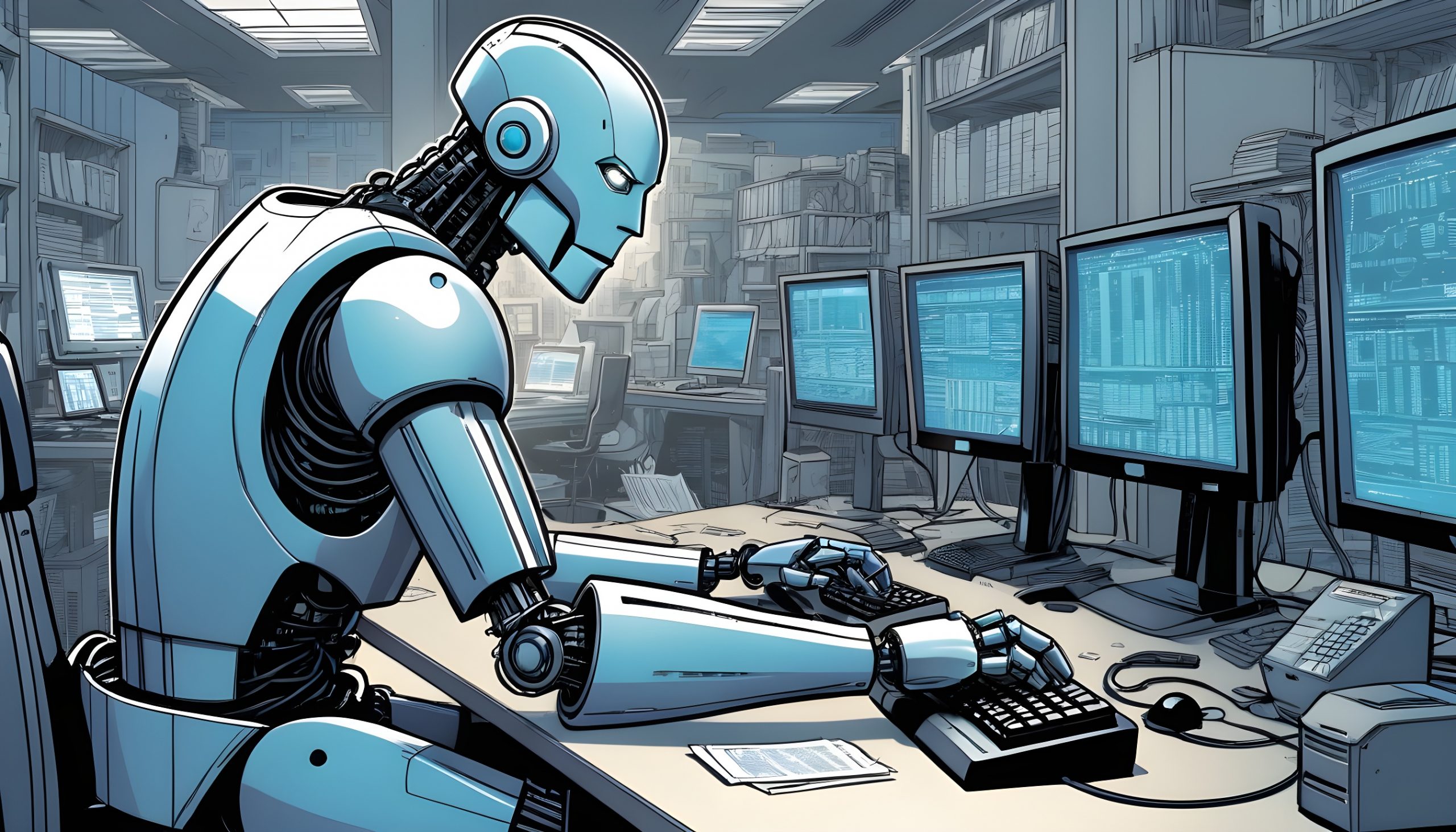In this article, Airdrop Alert will shed a light on the concept of stablecoin.
Tether USDT, Digix Gold (DGX), MakerDAO — are all stablecoin projects, yet, they are hardly identical.
What is a stablecoin, which stablecoin types exist and what’s the difference between them?
Answers to these and other questions you will find down below.
Do you want to learn more about blockchain and crypto first? Check out our knowledge base!
Do stable crypto coins really exist?

The problem with cryptocurrencies is that they are highly volatile.
Let’s say, you want to pay with some token for your cappuccino.
Because of the market fluctuations, today it might cost you $5, but tomorrow only $3.
To avoid these unpleasant surprises, tech projects started working on the concept of the perfect crypto coin.
What is that?
The coin that is not only global and untied to central banks, but also stable in the fluctuating markets.
Stablecoins attempt to bridge the gap between fiat currencies and cryptocurrencies in an unprecedented way.
How does traditional money work?
Pegged to underlying assets, such as gold or forex reserves which act as collateral, fiat remains free from wild swings in the market.
Memorize the word “pegging”.
In the financial world, they use it to show that the currency of one country with a more stable economy backs up the currency of another country.
Currency pegs bring security and steadiness to more volatile economies.
But if this is exactly how traditional world fights volatility, why not try the same approach with crypto?
Sounds good in theory. In practice, yet, the use of stablecoins is confined to a closed loop of cryptocurrency exchanges. At least, for now.
Let’s find out why.
Stablecoin types

-
Fiat-collateralized & commodities-collateralized stablecoins
Wow. That title sounds scary, doesn’t it? But please bear with us. You’ll crack it!
Say, you deposit $300 as a collateral. The custodian issues stablecoins 1:1 against fiat and guarantees the redeemability of the stablecoin.
In plain English, they guarantee that you will be able to exchange your 300 stablecoins for $300.
Example ➡ Tether (USDT) converts dollars into digital assets. 1 USDT = 1 USD

As you probably guessed, this kind of experience requires a central party (custodian).
The central party obliges to run an audit to ensure that their stablecoin is indeed fully collateralized. However, there has been some controversy about the Tether audit.
Besides fiat, you can also peg your stablecoin to gold, silver, oil and other commodities.
Example ➡ Digix Gold (DGX) is pegged to physical gold.

If you own 1 DGX, you own 1 gram of gold.
Like in an action-packed movie, the project’s gold is stashed in the vault in Singapore and gets audited every 3 months to ensure transparency.
The creators of DGX state on their website, they have “democratized access to gold.”
-
Crypto-collateralized stablecoins
You might be thinking at this moment, Umm… don’t we try to avoid volatility in the crypto markets here? Why back up crypto with crypto?
And that makes sense. But the idea is that these stablecoins are often overcollateralized, to provide more security.
Example ➡ MakerDAO/DAI is an ERC-20 token pegged to Ethereum.

Let’s say, you’re a rich devil with the crazy amount of Ethereum (ETH), yet, your problem is that your wealth is volatile.
In fact, it is so much volatile that you’re ready to sell it two times cheaper, to have at least a subtle guarantee, all of it won’t go out the window once upon a time.
You deposit $1 million worth of ETH into your stablecoin account. How much will you get in return? Let’s say, $500K at the current exchange rate, but it depends on a stablecoin of course.
Are you trembling? Be prepared to fall even deeper.
And yes, this day finally hits you. The price of ETH depreciates by 20%. You don’t eat, you don’t sleep, but before you set your hair on fire, the fact that you store your money in stablecoins makes you less miserable.
Why?
Check this out. As soon as the stablecoin piece of code detects a bear market for your collateral, it starts selling ETH at a high pace.
See, the smart contract has got your million worth of ETH still, so they only lose 20% of it. Yes, think about it.
Your Ethereum worth of $1 million didn’t go anyway, it had been there until the market started falling down.
$1 million minus 20% makes only $200 000, which is less than $500 000. Meaning, you still have $500 000. You don’t lose your money.
You have already lost them when investing in the stablecoin. Just kidding, but you got the idea, right?
-
Non-collateralized
This kind of stablecoins really reminds of sci-fi novels. So fasten you seat belt.
“Non-collateralized” in this case basically means that the computer program will take care of the supply and demand of digital assets.
Confused? Here is the example, no worries.
Say, the token is pegged to $1. We have two possible scenarios, then.
- If the demand decreases, the program will take more tokens out of circulation, which will push the price up.
- If the demand increases, the program will mint new tokens, bringing the price back to $1.
OK, this part was fun but short because not so many projects have implemented the token of this genre.
The problems stablecoins issuers need to address

If you don’t have much time, please read this following sentence only.
Ironically, the problem with stablecoins is that they are not stable.
These are several challenges stablecoins issuers need to address if they want to achieve their golden dream of a perfect crypto coin.
First and foremost, stablecoin projects these days still run on dependant blockchains and don’t have a significant number of daily transactions.
Plus, the most popular stablecoin, USDT, is still pegged to the U.S. dollar, which doesn’t make sense. If we want to walk away from decentralisation, why U.S. dollars?
The other problem is the fact that stablecoins are beholden to manipulation such as token burning. But who should decide if the tokens are to be burned?
And last but not least, trust. While stablecoin projects oblige to run an audit, it means that they have some central party to make arrangements of this kind. But wait a minute, did you say “central party”?
That is to say, the concept of a stable crypto coin sounds really alluring, but there are many issues to solve before it turns into reality.
***
If you enjoyed this story, please click the clap button and share to help others find it! Feel free to leave a comment below.
Crypto news feeds – Which one do you like?← P R E V I O U S







